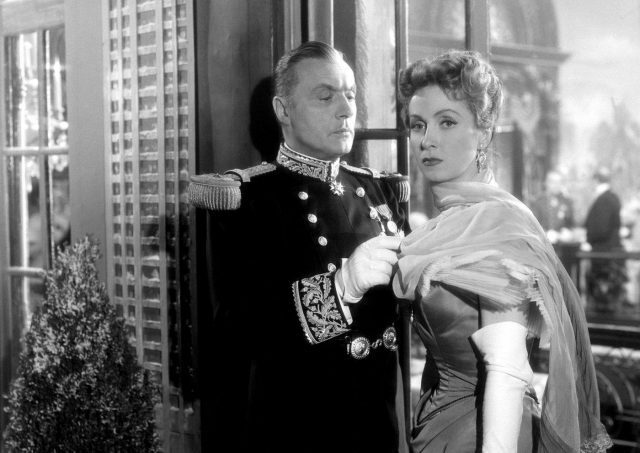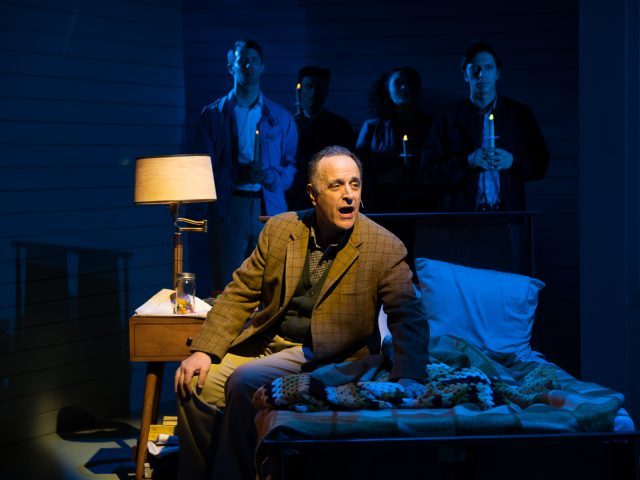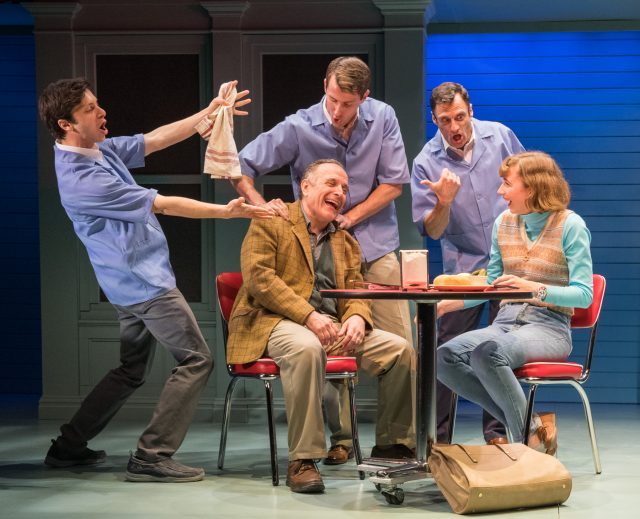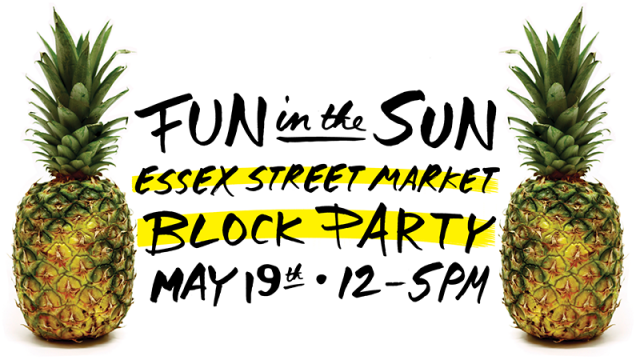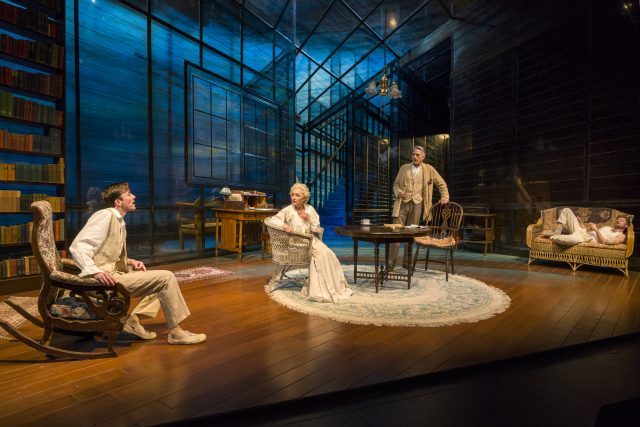
Sir Richard Eyre’s intimate staging of Eugene O’Neill classic continues at BAM through May 27 (photo by Richard Termine)
Brooklyn Academy of Music
BAM Harvey Theater
651 Fulton St.
through May 27, $25-$150, 7:30
718-636-4100
www.bam.org
The walls are closing in on the Tyrone family and there’s not much anyone can do about it in Sir Richard Eyre’s deeply intimate staging of Eugene O’Neill’s autobiographical masterpiece, Long Day’s Journey into Night, a work so personal that O’Neill never wanted it to be performed. Eyre initially brought the show to the Bristol Old Vic as part of the venerable institution’s 250th anniversary in 2016, with Oscar, Emmy, and Tony winner Jeremy Irons as James Tyrone and Olivier winner and Oscar nominee Lesley Manville as his wife, Mary; the Bristol was where Eyre saw his first play and where Irons trained. A stunning, slightly amended production is now running at the BAM Harvey through May 27 before heading out to California. Rob Howell’s set is staggeringly breathtaking, a large living room with sharply angled glass walls and ceilings that seem to both threaten and expose James and Mary as well as their sons, the sickly Edmund (Matthew Beard) and the ne’er-do-well Jamie (Rory Keenan), along with the maid, Cathleen (Jessica Regan). James is a famous actor who, emotionally crippled by childhood poverty, chose the easy way out, a financially successful career touring his big hit, The Count of Monte Cristo, rather than pursuing artistic challenges. Despite his money, he remains fearful and miserly, and his family has been scarred by it. While James, Jamie, and Edmund drink heartily, Mary is addicted to painkillers, claiming they are for the rheumatism that is crippling her hands. She has recently returned from yet another stay in a sanitarium, and the men are keeping a close eye on her, particularly when she goes upstairs and spends time in the extra bedroom, where she loses herself in her morphine-addled world. James desperately wants to keep the truth about Edmund’s illness from Mary, but he no longer has the tight grip on his family that he might have once had.
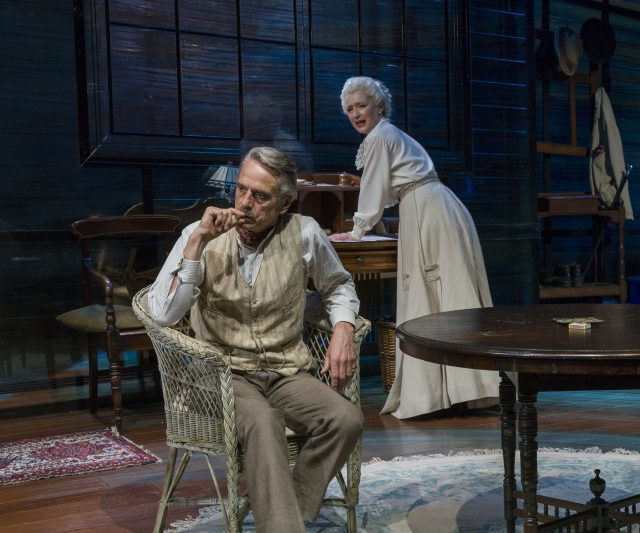
James Tyrone (Jeremy Irons) and Mary (Lesley Manville) fight many demons in Long Day’s Journey into Night (photo by Richard Termine)
It all takes place on a foggy August day in 1912, but the show feels as relevant as ever, given the current opioid crisis that is devastating America, and O’Neill’s knowing depiction of functional alcoholism is as sharp as ever. Former National Theatre director Eyre (Ghosts at BAM, The Crucible on Broadway) focuses on conversations between two characters, making it feel like we are invading their privacy, intruding on this dysfunctional family, whether we’re watching a sweet, romantic moment between James and Mary, a warm bonding between James and Edmund, or a lovely little talk between Mary and Cathleen. The cast is exceptional, led by a brilliant performance by Manville (The Phantom Thread, Ghosts); she plays Mary with more of a firm grounding than usual, as if Mary has a legitimate fighting chance to beat her addiction. (Previous portrayers of Mary include Tony winners Florence Eldridge, Vanessa Redgrave, and Jessica Lange as well as Geraldine Fitzgerald, Zoe Caldwell, Bibi Andersson, Laurie Metcalf, Liv Ullmann, and Colleen Dewhurst.) In one scene she starts to go upstairs several times but turns back, which tortures her husband and sons and teases the audience, even though we know where she will eventually end up. Irons (Reversal of Fortune, The Real Thing) is classy and erudite as James, his long legs spread apart magnificently when he’s smoking his cigar and reading the paper at the table; he looks at Mary with real tenderness, recalling a love he might never recapture. (The role has earned Tonys for Fredric March and Brian Dennehy and nominations for Jack Lemmon and Gabriel Byrne; other portrayers include Laurence Olivier, James Cromwell, Robert Ryan, Alfred Molina, and David Suchet.)
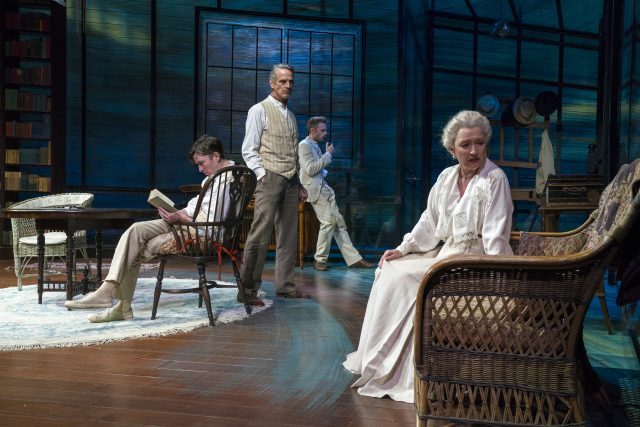
The Tyrone family can’t look away from their troubled existence in Bristol Old Vic production at BAM (photo by Richard Termine)
Tony nominee Beard (Skylight, And When Did You Last See Your Father?) has an amiability not always associated with Edmund, while Keenan (Liola, The Kitchen) is brash and determined as Jamie, who has given up on any kind of reputable future. Regan (Doctors, Liola) makes the most of the small but important role of Cathleen. Peter Mumford’s lighting often results in characters’ being reflected in the windows, like ghostly apparitions of their troubled souls. As dark as the play is, Eyre holds out just enough hope that this time things will turn around for the Tyrones, that maybe Jamie will get a real job, Edmund will beat consumption, Mary will kick morphine, and James will go back to the stage. But as Mary says, “None of us can help the things life has done to us. They’re done before you realize it, and once they’re done they make you do other things until at last everything comes between you and what you’d like to be, and you’ve lost your true self forever.” Written seventy-five years ago, O’Neill’s words still ring true, providing yet more sparks to this American classic.
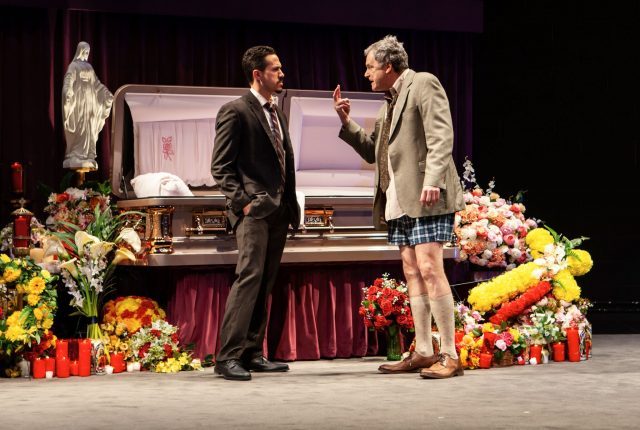
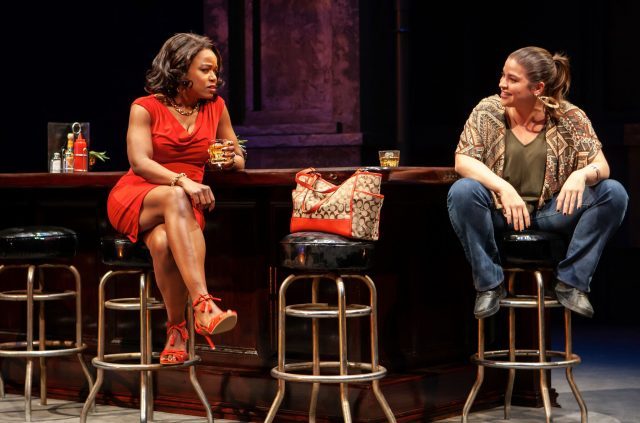
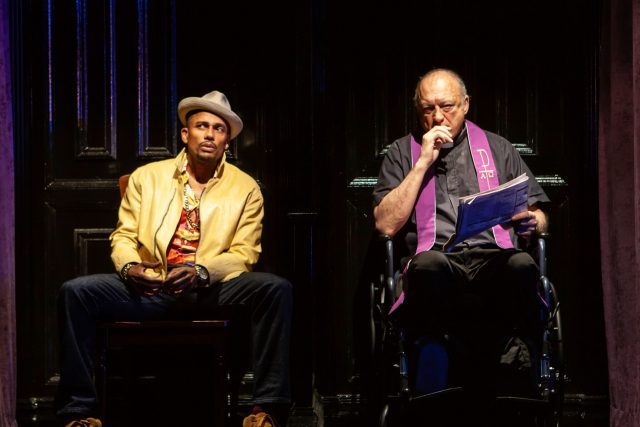
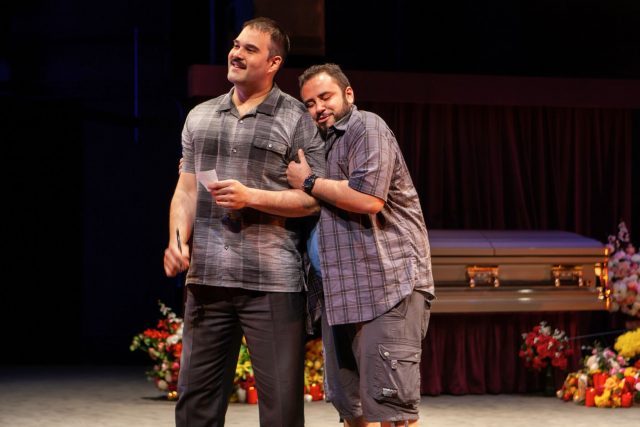

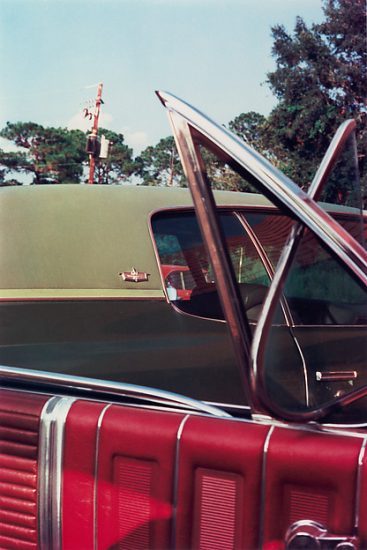
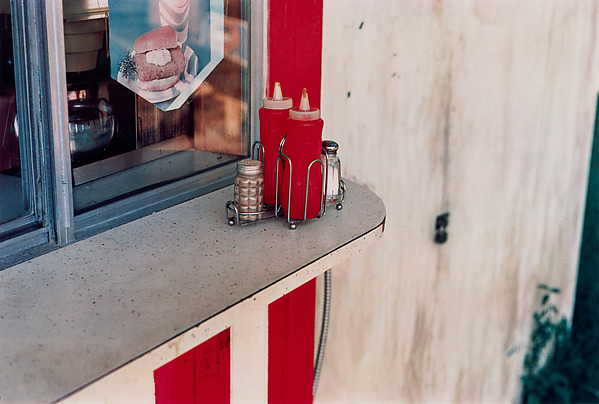
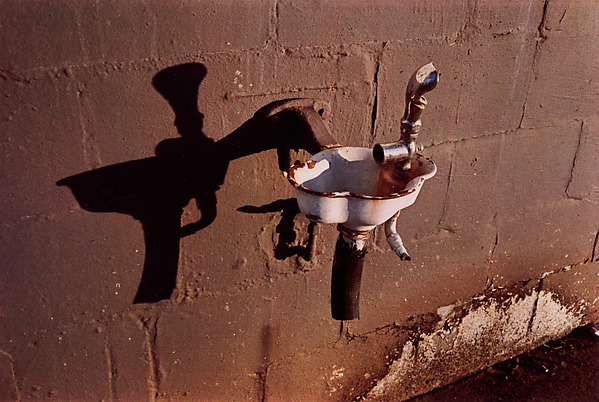
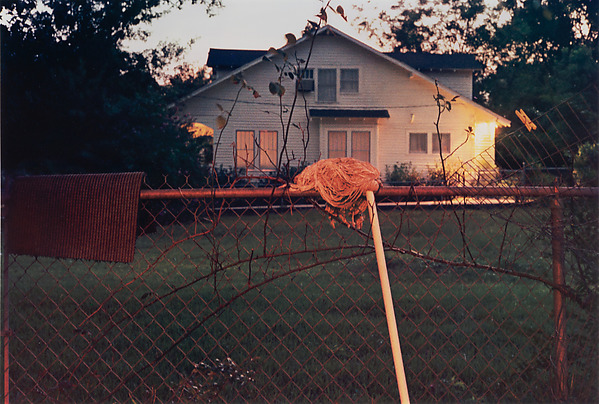
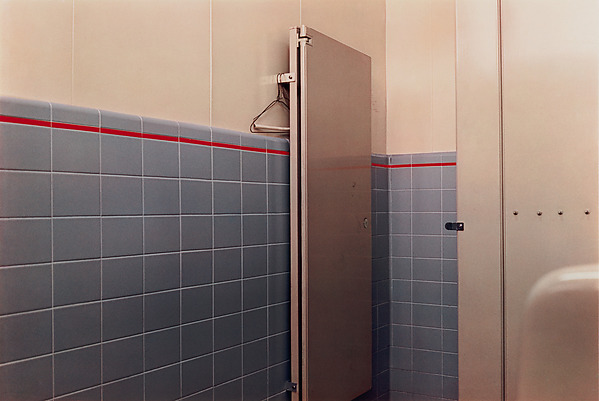
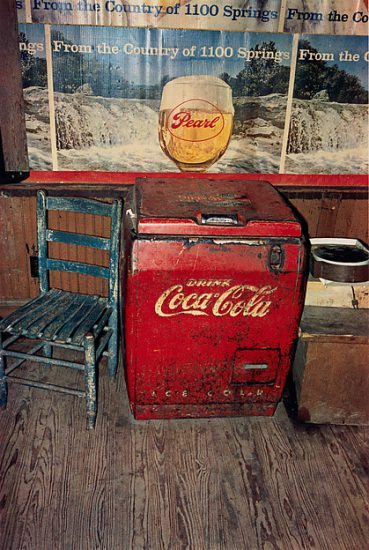
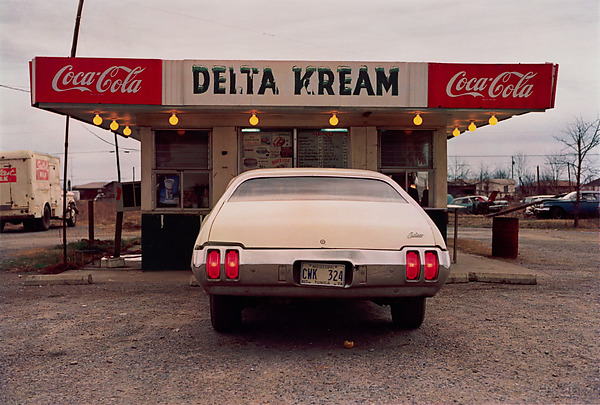
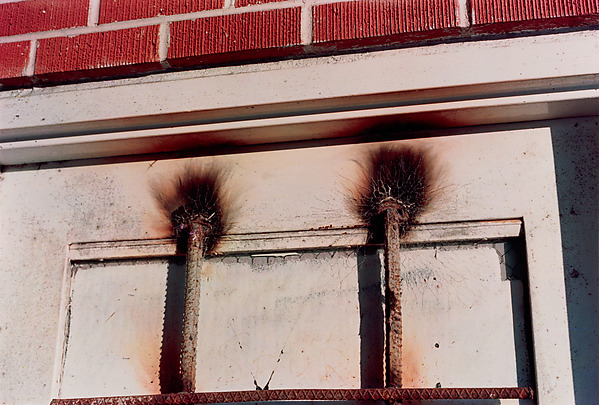
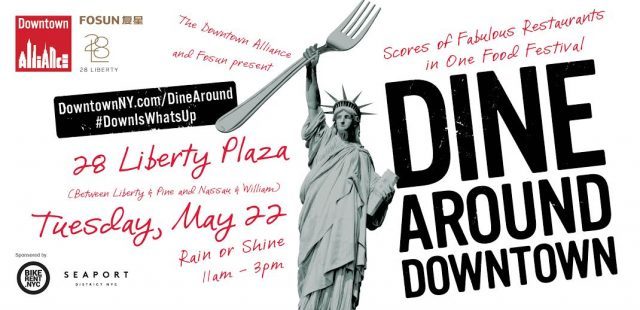
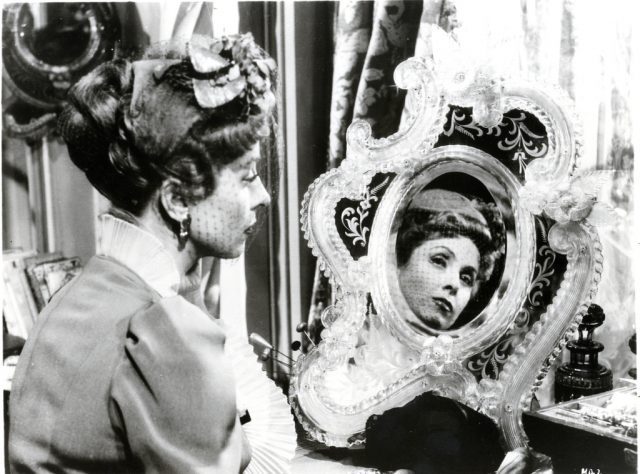
 Max Ophüls’s The Earrings of Madame de . . . (also known as just Madame de . . .) is a marvelously told tale, a majestic cinematic achievement that Andrew Sarris considered the greatest movie ever made and Dave Kehr called “one of the most beautiful things ever created by human hands.” In 1950, the German-born auteur made La Ronde, a merry-go-round of romance in which one of the two lovers from one scene moves on to someone else in the next. Three years later, Ophüls again follows a series of current, past, and potential lovers in The Earrings of Madame de . . . , but this time via a pair of diamond earrings whose meaning and importance are altered every time they change hands. The film opens with the Comtesse Louise de . . . (a radiant Danielle Darrieux) looking through her personal possessions, from jewelry to furs to a Bible. During a two-minute continuous shot with a handheld camera, Ophüls shows only her hands and the side of her face until she sits down and looks at herself in the mirror; it not only immediately establishes the woman’s character — like her fancy things, she has become merely another object, an empty reflection — but lets the audience know that they are in the grip of a master, that the very motion of the camera itself will play a central role in what we’re about to experience.
Max Ophüls’s The Earrings of Madame de . . . (also known as just Madame de . . .) is a marvelously told tale, a majestic cinematic achievement that Andrew Sarris considered the greatest movie ever made and Dave Kehr called “one of the most beautiful things ever created by human hands.” In 1950, the German-born auteur made La Ronde, a merry-go-round of romance in which one of the two lovers from one scene moves on to someone else in the next. Three years later, Ophüls again follows a series of current, past, and potential lovers in The Earrings of Madame de . . . , but this time via a pair of diamond earrings whose meaning and importance are altered every time they change hands. The film opens with the Comtesse Louise de . . . (a radiant Danielle Darrieux) looking through her personal possessions, from jewelry to furs to a Bible. During a two-minute continuous shot with a handheld camera, Ophüls shows only her hands and the side of her face until she sits down and looks at herself in the mirror; it not only immediately establishes the woman’s character — like her fancy things, she has become merely another object, an empty reflection — but lets the audience know that they are in the grip of a master, that the very motion of the camera itself will play a central role in what we’re about to experience.